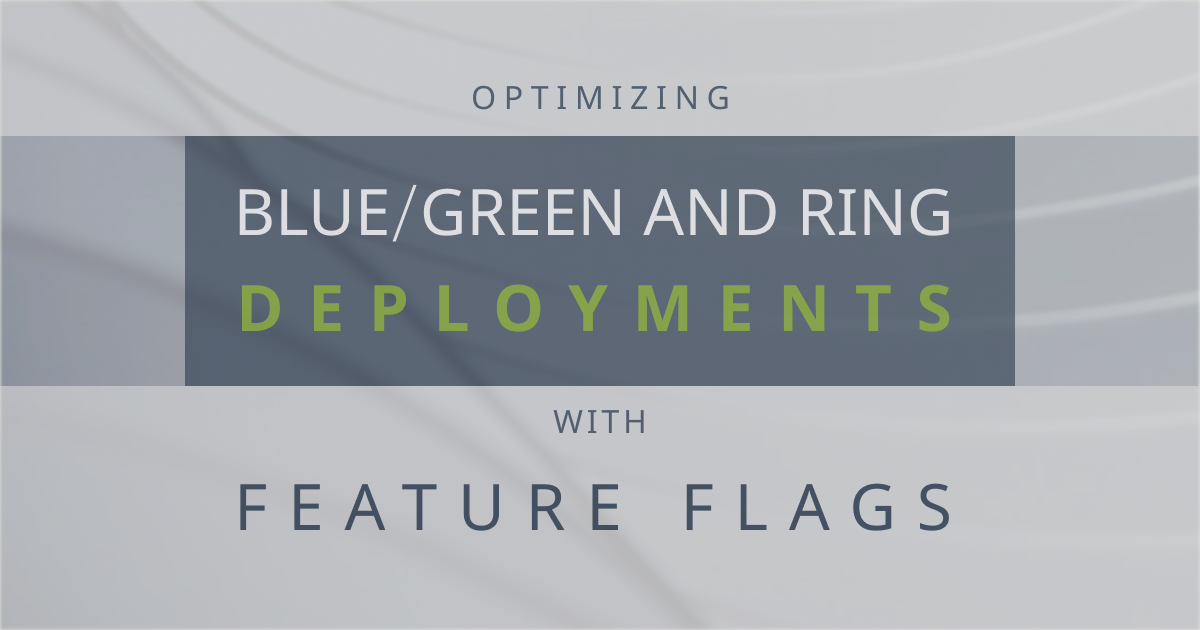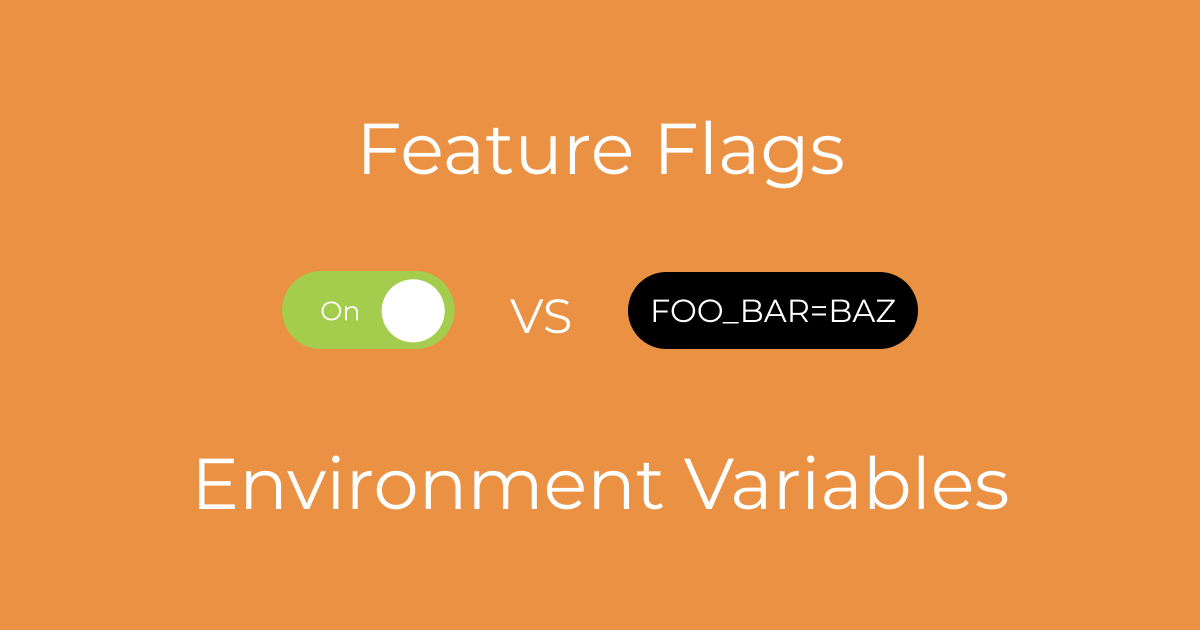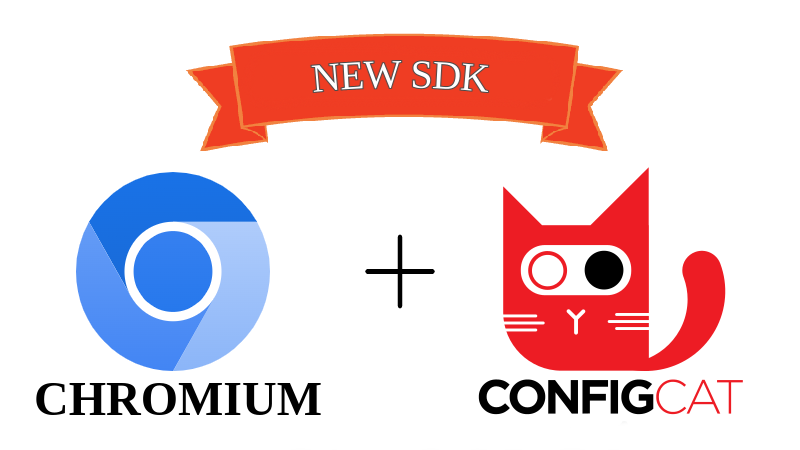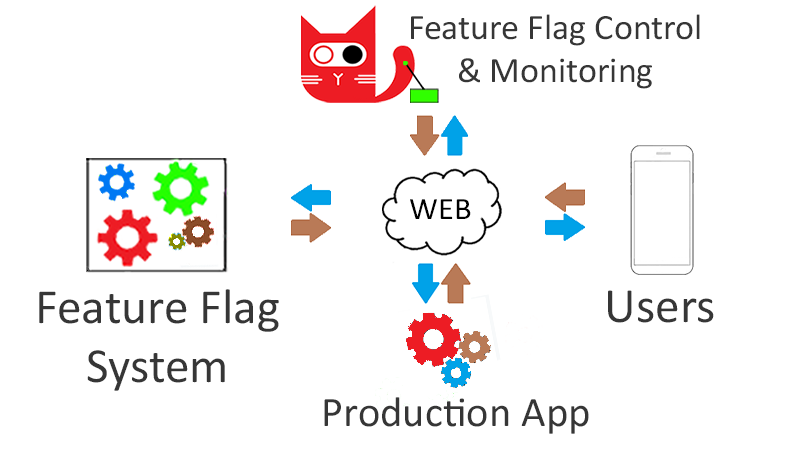In software development, engineers and operations teams have a variety of deployment techniques, each with pros and cons. With so many options available, choosing the right release strategy can be challenging, especially when addressing specific problems.
In this blog, we will focus on two deployment strategies, blue/green and ring deployments, which aim to deploy software with minimal risk and disruptions, each using a different approach. These strategies can be applied to a variety of scenarios.
Coming up, we will explore how they work, their ideal use cases, their advantages and disadvantages, and, most importantly, how using a feature flag service like ConfigCat can enhance the flexibility and suitability of both blue/green and ring deployments to meet your specific needs.













